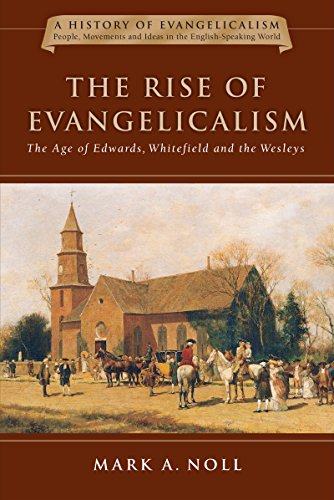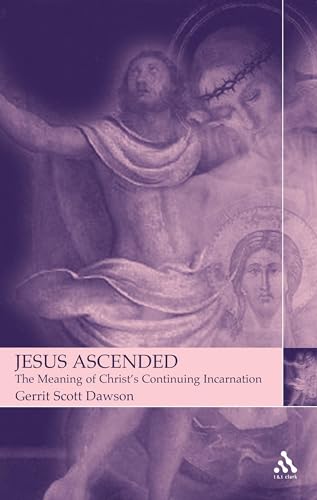SCIENCE AND THEOLOGY SINCE COPERNICUS: THE SEARCH FOR UNDERSTANDING
Written by Peter Barrett Reviewed By Philip DuceYet another book on science and theology, this time by an Anglican retired professor of physics (University of Natal, Durban). Barrett surveys the rise of modern science and its main developments over the past four centuries; describes some of the associated theological questions and related background thought; outlines briefly the main elements of the present discourse between the natural sciences and Christian theology; and suggests a way to place the scientific world-picture within a wide theistic context of meaning and value. He deliberately makes no attempt to include the issue of the mind-brain relationship, the question of what it means to be human, and the story of creationism.
Chapter 2, ‘The Scientific Revolution’, covers the medieval world-view and the 17th century Scientific Revolution and its significance, taking in Copernicus, Kepler, Galileo, Francis Bacon, Descartes, Boyle and Newton. Chapter 3, ‘Natural History’, covers deism, Linnaeus, Lamarck, Cuvier, Hutton, Buckland, Sedgwick, Lyell, Darwin, the latter’s theory of evolution and its elaboration, and early controversies surrounding it. Chapter 4, ‘The Evolving Universe’, covers classical, quantum and particle physics, cosmology, complexity, theory, features of the evolving universe, the anthropic principle, chance and necessity, and ‘the unreasonable effectiveness of mathematics’. All these names and topics will be very familiar to those who have studied the history of science and its interaction with Christian belief and theology. Like so many books on this topic, the mainstream scenarios of cosmological and biological evolution are presented essentially as factual, with little acknowledgement of, or interaction with, scientific critiques.
These three chapters provide the basis for the final one, ‘The Present Science-Theology Discourse’, which covers epistemology (Polanyi is included, 138–39), divine temporality and divine action, divine self-limitation, theistic and trinitarian cosmology, the beginning of humanity and the fulfilment of the universe. For Barrett, the challenge currently facing theology is for it to act as the integrating discipline that encompasses our evolving understanding of a multi-levelled cosmos. In response to this demand, he links trinitarian theology to the traditional triad of values: truth, beauty and goodness, especially ‘beauty on every scale’ (160–65). In a brief ‘Future Agenda’, the volume concludes with a Summary of the range of present concerns. These include ‘the evolution of culture and ethics’, divine action, interfaith exploration; and ‘rethinking central Christian doctrines’.
Detailed engagement is not possible in a short review. For an overall assessment, it seems appropriate to reiterate some of my comments from a review of another book on this subject. [Themelios 25(3), p. 121]. In itself, that is an attractive, concise presentation of a variety of important topics in the complex interaction between the sciences and Christian theology, past and present. As such, it makes a useful, reader-friendly survey for those undertaking studies in this challenging discipline. However, when considered alongside the numerous other publications on the subject now available, this covers little new ground, despite its own style and emphases, and arguably only serves to expand the ‘multiplicity of sameness’. Furthermore good conservative evangelical treatments of present concerns and future prospects in this area are still few and far between.
Philip Duce
Leicester







